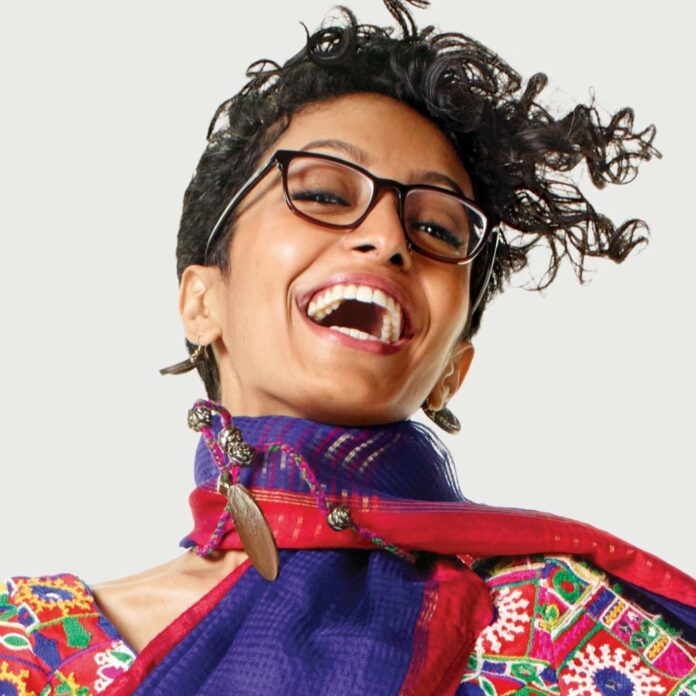The controversy that has arisen in recent days regarding the most recent advertisements for the deodorant brand Layer’r Shot has once again brought the portrayal of gender in Indian advertisements into the spotlight. The publicity produced by the in-house team at Layer’r Shot has come under fire for being seen as encouraging rape culture. This offensive advertisement must be removed immediately, as per the directive issued by the Ministry of Information and Broadcasting and the ASCI.
Even though a lot of progress has been made in Indian advertising regarding the portrayal of women, the elimination of stereotyping, and increased sensitivity towards the various communities, every once in a while, advertisements are produced that undo all of the progress that has been made.
India has improved its position on the global gender inequality index, moving up to 108th place out of 153 countries in 2020, from 130th place out of 150 countries in 2015. A study titled ‘Gender Bias and Inclusion in Advertising in India’ by UNICEF and Geena Davis Institute finds that the frequency of female characters dominating screen time in Indian advertisements is 59.7 per cent. In contrast, their speaking time is 56.3 per cent. The study also reveals that most of the time, female characters are portrayed as being in caregiving roles and are shown to advertise for cleaning, food supplies, detergent, and beauty products. Additionally, most of the time, these female characters are shown to be clean. Moreover, a more significant percentage of women are depicted as married than the male characters. In contrast, male characters are shown to be taking household and future decisions more than the female characters.
According to the findings of another study, approximately 4.1 per cent of female characters are depicted as engaged in shopping, 4.8 per cent as engaged in cleaning, and roughly 5.4 per cent as involved in preparing meals or purchases. In contrast, approximately 2.3 per cent, 2.2 per cent, and 3.9 per cent of the same activities are depicted for male characters. Compared to female characters, male characters have a 19.1 per cent chance of being portrayed as funnier, while only 11.9 per cent of female characters have this chance. Advertisements in India, such as those for Glow & Lovely (formerly known as Fair & Lovely), Ponds, Garnier, Whitestone, and others, encourage women to have light skin.
Naturally, there have been several brands, including Ariel (#ShareTheLoad), Whisper (Touch the Pickle), and All Out (#StandByToughMoms), amongst others, that have been changing the game in terms of bringing in gender sensitivity and doing away with stereotyping in Indian advertisements. Nevertheless, a sufficient number of ads are currently being circulated, all of which continue to be insensitive and are also repeat offenders.
Follow and connect with us on Facebook, LinkedIn & Twitter

